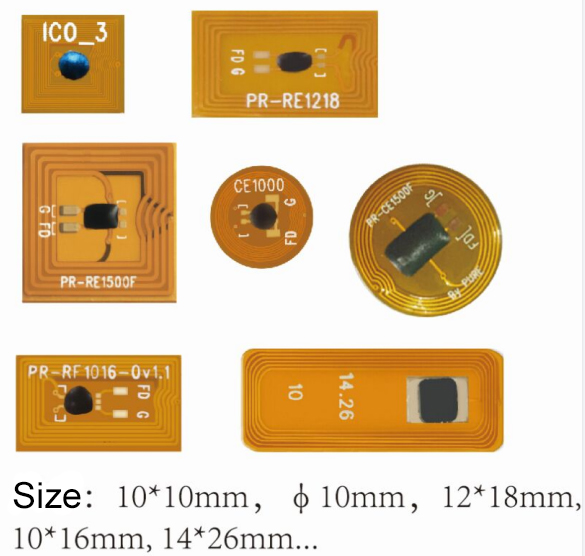Products Description
The electronic ear tag can record the ear number of each animal and its breed, source, production performance, immune status, health status, animal owner and other information together. Once an epidemic situation or problems with the quality of animal products occur, its source can be traced. Plug the loopholes. The main advantages are as follows:
1. Advantages of pedigree making. Ear tagging a calf immediately at birth can bond the calf to its mother and help determine if its mother is of good quality. By recording their growth after birth, the productive performance of their parents and their genetic ancestry can be analyzed in more detail. This data provides an accurate record of the life of the calf, the mother and the entire herd, enabling the farm to make accurate decisions and areas for improvement in overall herd management.
2. Data collection advantages. Electronic ear tag technology also helps to collect breeding cattle related data quickly, regularly and accurately, which can be used by cattle farms according to their own needs, for example, it can be used to evaluate the weekly growth rate and whether the feeding is reasonable.
3. Advantages of benefit enhancement. Through the electronic ear tag, any health problems of the breeding cattle can be quickly detected, and the feeding system can be managed and improved, all of which will promote the efficient use of farm resources and increase profitability.
4.The main part of the electronic ear tag is made of TPU (polyether type) material. The TPU material has stable chemical properties, waterproof, dustproof, light and cold resistance, non-toxic, waterproof, no odor, wear resistance, no cracking, long service life, and no irritation. Skin, laser-etched number markings on the surface. When in use, the ear tag head penetrates the animal’s ear and inserts the auxiliary tag to fix the ear tag. The neck of the ear tag stays in the perforation, which has a low drop-off rate and is easy to apply. With the corresponding reader, the longest reading distance can reach 6 meters. It can reach -30~80℃.

| Size | 30mm |
| Material | TPU |
| Color | Yellow |
| Frequency | 134.2khz |
| Distance | 2-10cm |
| Use animal | sheep,pig,cows |
| Agreement | ISO11784/11785,FDX-B |
The reading of electronic ear tag information requires the cooperation of RFID ear tag, built-in chip, and RFID reader. The reader reads the information of the ear tag, and then transmits it to the computer to read the information of the ear tag.

FAQ:
Q:What does it mean when an animal has a tag on its ear?
A:If there exists a national animal identification programme in a country, animals may be tagged on both ears for the sake of increased security and effectiveness, or as a legal requirement. If animals are tagged for private purposes, usually one ear is tagged.
Q:Are ear tags painful for animals?
A:Ear tagging is perceived as less painful or stressful than tattooing and therefore is generally considered less harmful or costly to welfare. However, ear tags are more difficult to read than tattoos and can fall out, and mice usually require restraint for the tag numbers to be read accurately.
Q:what services can we provide?
A:Accepted Delivery Terms: FOB,CFR,CIF,EXW,CIP,DDP;
Accepted Payment Currency:USD,HKD;
Accepted Payment Type: T/T,L/C,PayPal,Western Union,Cash;
Language Spoken:English,Chinese.










